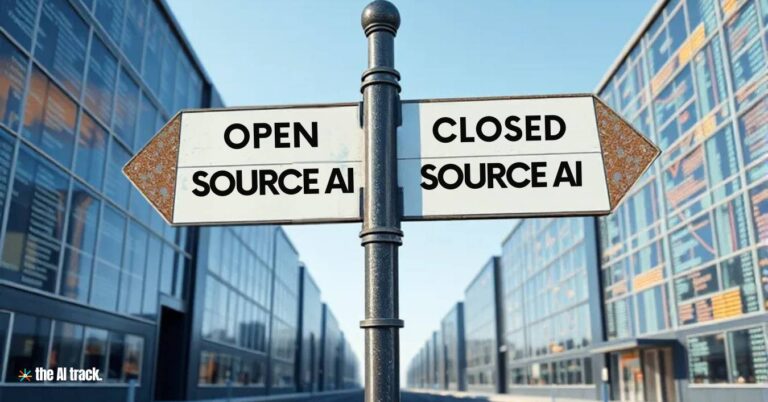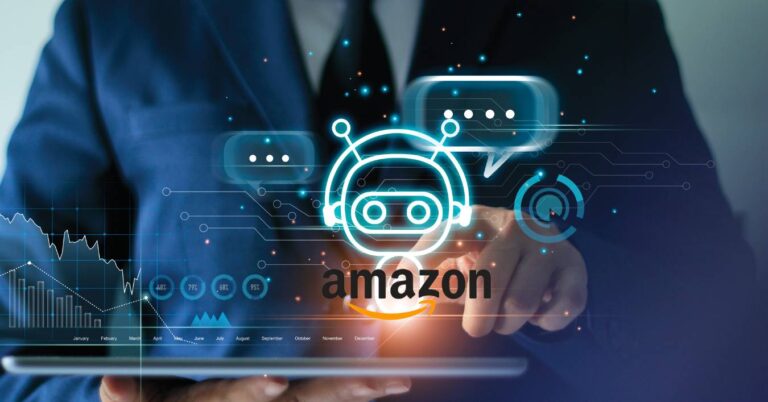AI models have evolved significantly, now requiring specialized trainers with advanced expertise in fields like medicine, finance, and technology to reduce errors such as hallucinations. Companies like OpenAI and Cohere are increasingly relying on highly educated professionals to train AI models, ensuring they are more reliable and accurate in real-world applications.
Explore the key differences between open source vs closed source AI, including their benefits, challenges, and implications for the future of AI
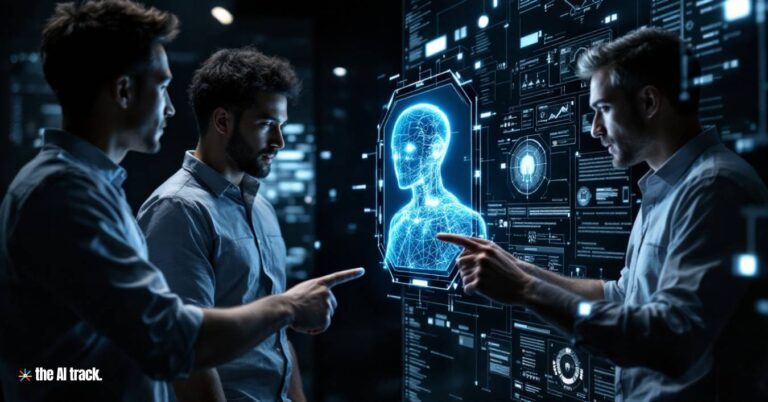
Transition from General to Specialized Training:
In the early phases of AI development, the training process mainly involved low-cost workers performing simple tasks like data labeling. However, as AI models became more complex, a shift occurred towards employing highly educated professionals, including licensed physicians, technology or financial analysts.
Digital Watch Observatory reports that AI models have transitioned to relying on experts who ensure factual accuracy and minimize hallucinations, a significant issue in advanced AI models. These specialized trainers are crucial in addressing the growing complexity of AI tasks, which now require nuanced understanding and expertise.
The Rise of the AI Trainer Profession
As AI technology advances, there is a growing need for highly skilled trainers, a profession that has expanded rapidly. Aibase underscores how AI trainers, including licensed professionals like doctors and financial analysts, are vital for refining AI systems and reducing hallucinations. The increasing complexity of AI models necessitates expert trainers who can ensure accuracy and handle nuanced data and are offered higher pays and recognition for their contributions to AI development.
Addressing AI Hallucinations
AI models like GPT are prone to generating hallucinations, where models generate incorrect or fabricated information. Specialized trainers help reduce these errors by refining datasets and guiding models to differentiate between factual and fictional data.
Research such as the GeneTuring study shows that human feedback significantly reduces hallucinations, particularly by teaching models to recognize limitations and express uncertainty when they lack sufficient knowledge.
Other studies, such as Detecting and Preventing Hallucinations in LVLMs also demonstrate how human evaluators improve the performance of Vision-Language Models by filtering out erroneous outputs during training.
All AI companies try to find ways to address this issue. As an example, OpenAI, in collaboration with training firms like Invisible Tech, has taken major steps to address hallucinations in their models.
Reinforcement Learning and Human Feedback
Human feedback, particularly through reinforcement learning, is essential for improving AI model accuracy. The Aligning LMMs with Human Feedback study emphasizes how reinforcement learning, combined with human oversight, helps AI models generate more factually grounded responses in tasks involving multimodal data like text and images.
Quality Assurance and Ethical Oversight
Human trainers play a critical role in ensuring the quality and ethical standards of AI models. They help mitigate biases and provide ethical oversight, which is vital for ensuring the reliability of AI outputs. This human involvement is indispensable in managing the ethical challenges that arise as AI becomes more prevalent .
Who Really Owns AI? Discover the complex world of the ownership of Artificial Intelligence. Explore the dynamics and key players in this intriguing landscape.
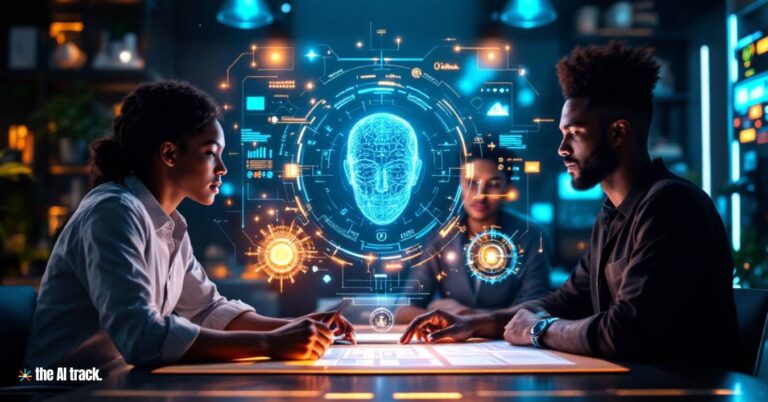
Competitiveness in the AI Industry
The growing demand for skilled human trainers reflects the competitive nature of the AI industry. Companies like Cohere and OpenAI invest significantly in recruiting experts across various fields to enhance the capabilities of their AI models. This trend underscores the recognition within the industry that high-quality training is crucial for maintaining a competitive edge, with firms like Invisible Tech leading in this space since 2021.
Partnerships and Industry Impact:
Companies that provide specialized training for AI models, have become essential partners of AI companies. They employ thousands of professionals worldwide to help reduce errors and improve the reliability of AI systems.
Invisible Tech, a leading AI training company, employs thousands of trainers worldwide, many of whom have advanced degrees. These trainers work with major AI companies like OpenAI, Cohere, and Microsoft to help reduce errors, improve factual accuracy, and refine datasets. Daily Management Review highlights Invisible Tech’s collaboration with OpenAI as crucial to reducing hallucinations in AI systems, marking an industry trend toward greater reliance on expert human trainers.
Why This Matters: As AI continues to play a pivotal role in industries like healthcare, finance, and technology, ensuring its accuracy is paramount. Specialized trainers are essential in refining AI models, minimizing errors like hallucinations, and improving the reliability of these systems. Human expertise complements machine learning, creating a balanced approach that allows AI to evolve responsibly while mitigating risks. The continued collaboration between human trainers and AI development will be crucial for advancing AI capabilities in an ethically sound and efficient manner.
References – Research and Findings
- Daily Management Review: Details how Invisible Tech collaborates with AI firms to address hallucinations and improve AI training quality.
- GeneTuring study: Research demonstrates how human feedback reduces hallucinations in GPT models by teaching them to recognize their limitations. This improves models’ ability to express uncertainty when lacking information. (Hou & Ji, 2023).
- Detecting and Preventing Hallucinations in LVLMs: Human evaluators significantly reduce hallucinations in Vision-Language Models through techniques like Fine-grained Direct Preference Optimization (FDPO). (Gunjal et al., 2023).
- Aligning LMMs with Human Feedback: Reinforcement learning from human feedback (RLHF) enhances model accuracy in multimodal tasks, leading to more factually grounded responses. (Sun et al., 2023).
- Prudent Silence or Foolish Babble?: Instruction fine-tuning and human feedback encourage language models to express uncertainty, leading to fewer hallucinations in situations where answers are unclear. (Liu et al., 2023).
- Digital Watch Observatory: AI models have shifted from relying on low-cost workers to employing experts in areas like medicine and finance to improve reliability.
- Aibase: Highlights the emergence of AI trainers as a profession, emphasizing the critical role of experts in refining AI systems.
Understanding AI: A Comprehensive Guide to Artificial Intelligence
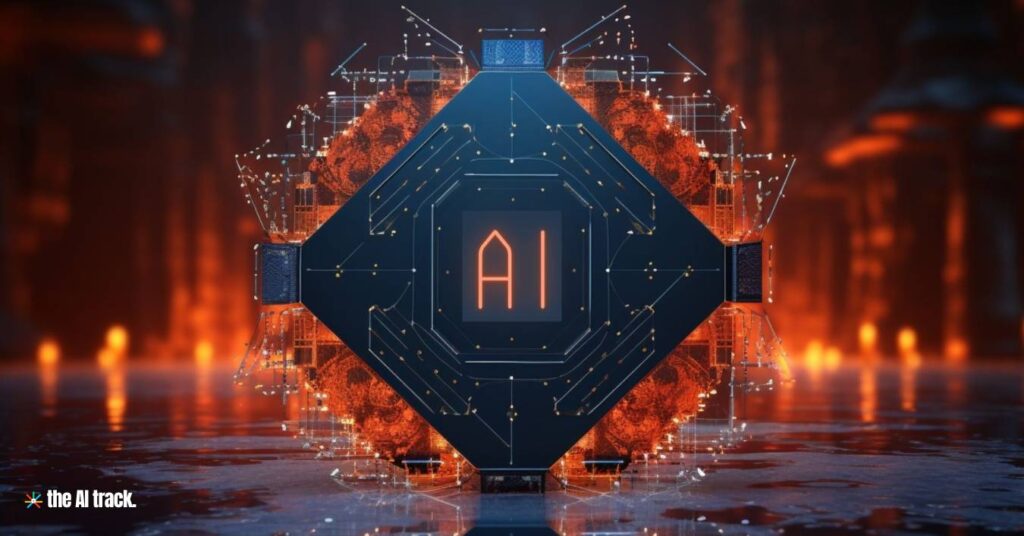
What is Artificial Intelligence? How does it work? This comprehensive guide will explain the basics of AI in a clear and concise way. We’ll cover topics such as machine learning, deep learning, and natural language processing. We’ll also discuss the ethical implications of AI and the future of AI technology.
Sources
- Prudent Silence or Foolish Babble? Examining Large Language Models’ Responses to the Unknown | arXiv, 16 November, 2023
- Detecting and Preventing Hallucinations in Large Vision Language Models | arXiv, 11 August 2023
- GeneTuring tests GPT models in genomics | PMC, 13 March 2024
- Aligning Large Multimodal Models with Factually Augmented RLHF | arXiv, 25 September 2023
- If your AI seems smarter, it’s thanks to smarter human trainers | Reuters, 28 September 2024
- Training and Building Machine Learning Models | Scale AI, 2024
- Do Humans Still Have a Role in the Era of Large Language Models and Generative AI | BasicAI’s Blog, July 2023

